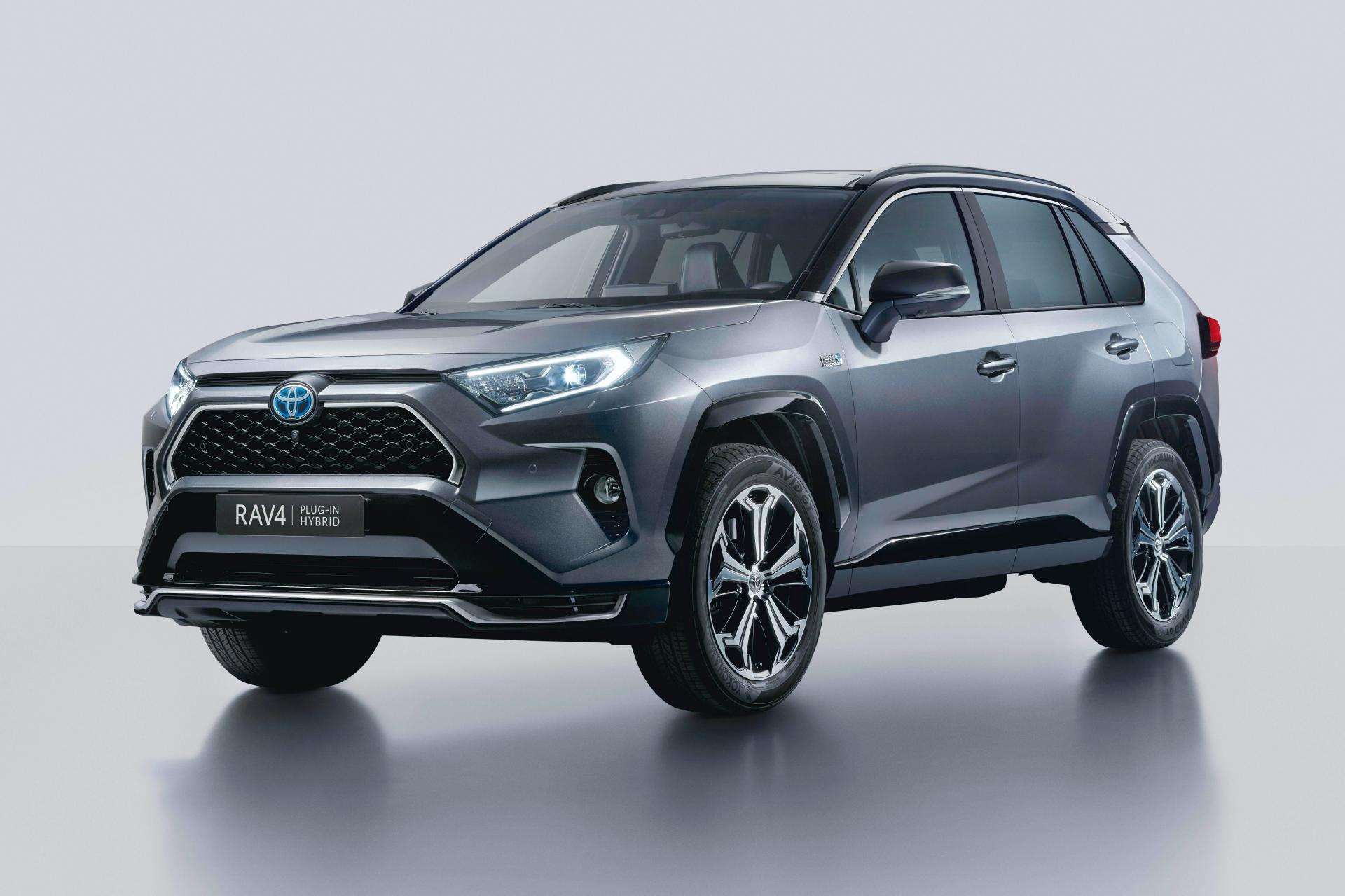
Toyota and Lexus, its luxury division, acquire a significant share of sales from alternative propulsion vehicles: 16 of 30 vehicles are offered as hybrids or plug-ins, including the Mirai, its one hydrogen fuel cell electric vehicle. new car sales, but 10 million of them are now on the world’s roads. The entire electrified segment, including PHEVs, still only account for 2% of U.S. General Motors, for one, isn’t even offering a PHEV since killing the Volt in 2019-it’s betting on pure EVs and its new Ultium modular battery system. The format was always transitional to battery EVs, which have been steadily adding range as technology improves. PHEV sales have decreased by half since 2018, but Covid-19 played a role and it’s hard to draw firm conclusions-the whole car market declined by 23% in 2020.

More on EVs, Plug-Ins, Charging, Tax Credits, Going Electric: Plug-ins also accounted for a fifth of all electric vehicle sales last year, according to MotorIntelligence. Last year, 64,300 plug-in hybrid vehicles were sold in the U.S., compared to 213,000 battery-only cars, according to data from Pew Research. Do they include plug-in hybrid electric vehicles (PHEVs), or just battery electric vehicles (BEVs)? It goes both ways. Sometimes statistics about “electric cars” can be tricky. One in Five Electrified Vehicles Were Plug-Ins Last Year None of them will strand you because they have a gasoline engine and tank. The others get you to work and started on your way home. round-trip commute, according to the Bureau of Transportation Statistics. Half of our favorite plug-ins go at least 30 miles, roughly the length of the average U.S.

#BEST PLUG IN HYBRID CROSSOVER 2022 DRIVERS#
Plug-in hybrid electric vehicles, also called plug-ins or PHEVs, are the right choice for many drivers for much of this decade, until the number of public charging stations increases, battery-pack bang for the buck improves and overall prices fall on pure battery electric vehicles. It’s also the fastest four-door Toyota (only the Supra sports car is quicker).
#BEST PLUG IN HYBRID CROSSOVER 2022 FULL#
The 18.1-kilowatt-hour battery is eligible for the full $7,500 federal tax credit. Plug-in hybrids tend to take about three hours on a 7.4kW homecharger or pubic destination charger, and double that via your standard three-pin 240v socket.The Toyota RAV4 Prime is as good as it gets in a plug-in: 42 miles on battery, then another 560 miles on gasoline. The vast majority are also not compatible with public rapid chargers, though. How long does it take to charge a plug-in hybrid SUV?īecause they have smaller batteries than EVs, PHEVs don’t take as long to charge. Next up is the BMW x5, with the Toyota RAV-4 and Suzuki Across next up offering 47 and 46 miles respectively. According to official figures, the Mercedes-Benz GLE offers the best electric-only range on the market today, with 66 miles. Typically, most PHEV SUVs will go between 20 and 40 miles on battery alone, although this depends on driving styles and weather – in winter batteries are less efficient, and you can lose up to 30% of range. What is the electric battery range of a plug-in hybrid SUV? This could not only reduce your running costs, but also your carbon footprint. Day to day, shorter journeys that require less power can be completed purely on the electric battery, which meakes these cars excellent for commuting, especially if you have workplace as well as home charging. The main benefits of a PHEV are potential economy and emissions and the ability to run on battery alone, like an electric car.

What are the benefits of a plug-in hybrid SUV?

The former’s battery is solely charged up by the engine (hence being known as a self-charging hybrid), which means you don’t have to deal with cables and public charging. The key difference between a hybrid SUV and a plug-in hybrid SUV is that the latter has a much larger battery and motor and needs to be plugged in to keep it topped up. They’re a complex stepping stone between ICE and EV, offering some of the advantages and drawbacks of both. Just be prepared to voyage into the options list if you want the best tech – and to pay for it accordingly.īest plug-in hybrid SUVs FAQ What is the difference between a hybrid SUV and a plug-in hybrid SUV?īoth types of SUV are powered by a combination of a petrol or diesel engine and an electric motor with battery pack. The E-Hybrid model uses electric motors paired up to Porsche’s wonderful 3.0-litre V6 and provides ballistic performance, especially if you go for the Turbo S E-Hybrid.Įven though Porsche’s better-known for its sports cars than its family-friendly transport, the Cayenne’s spacious and practical enough for hard labour. Porsche’s Cayenne was perhaps the original sporty family SUV, and the latest model is the best yet. ✅ More spacious than you might expect from a Porsche


 0 kommentar(er)
0 kommentar(er)
